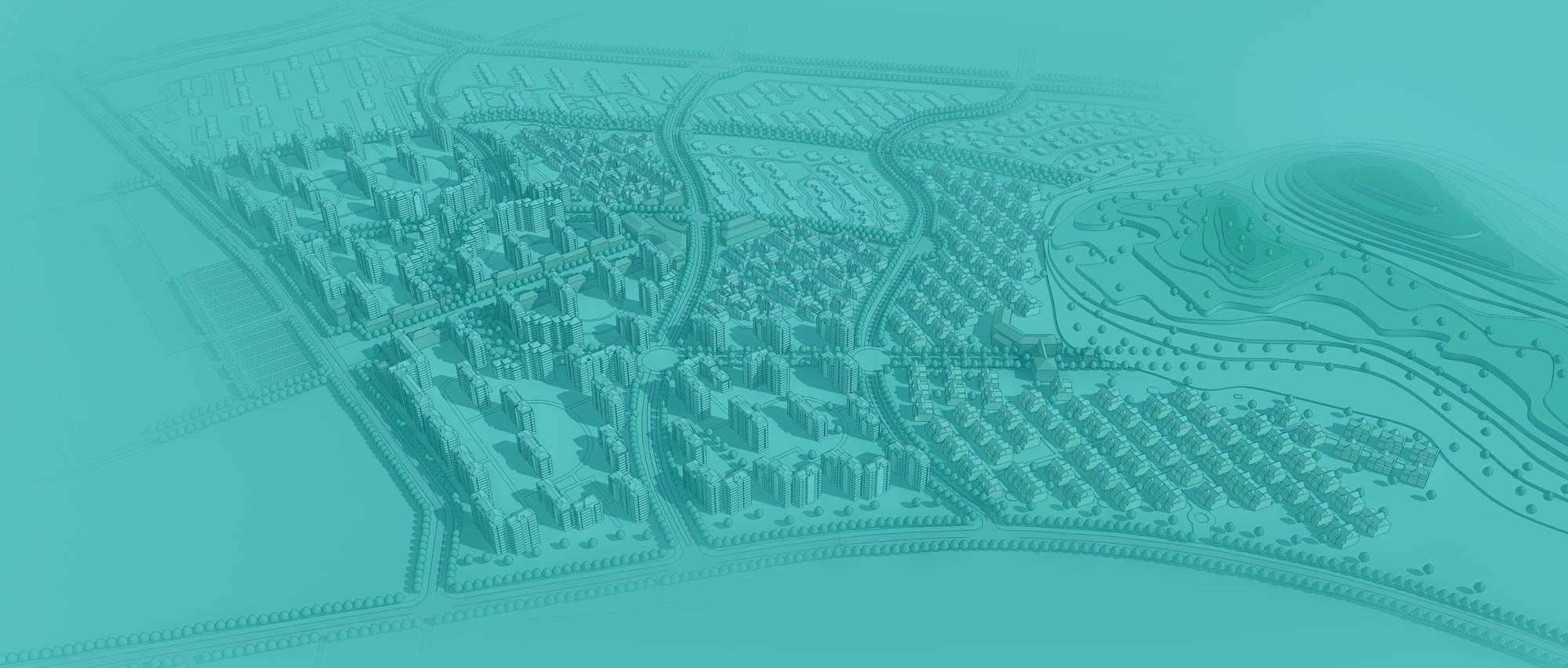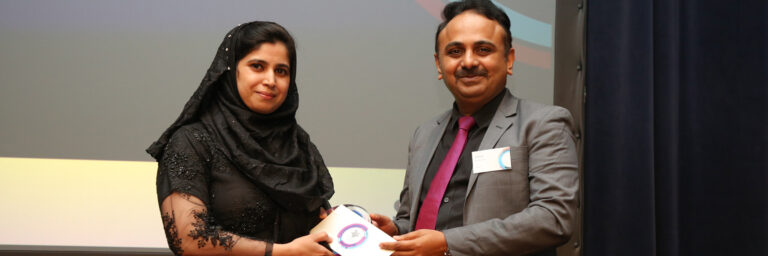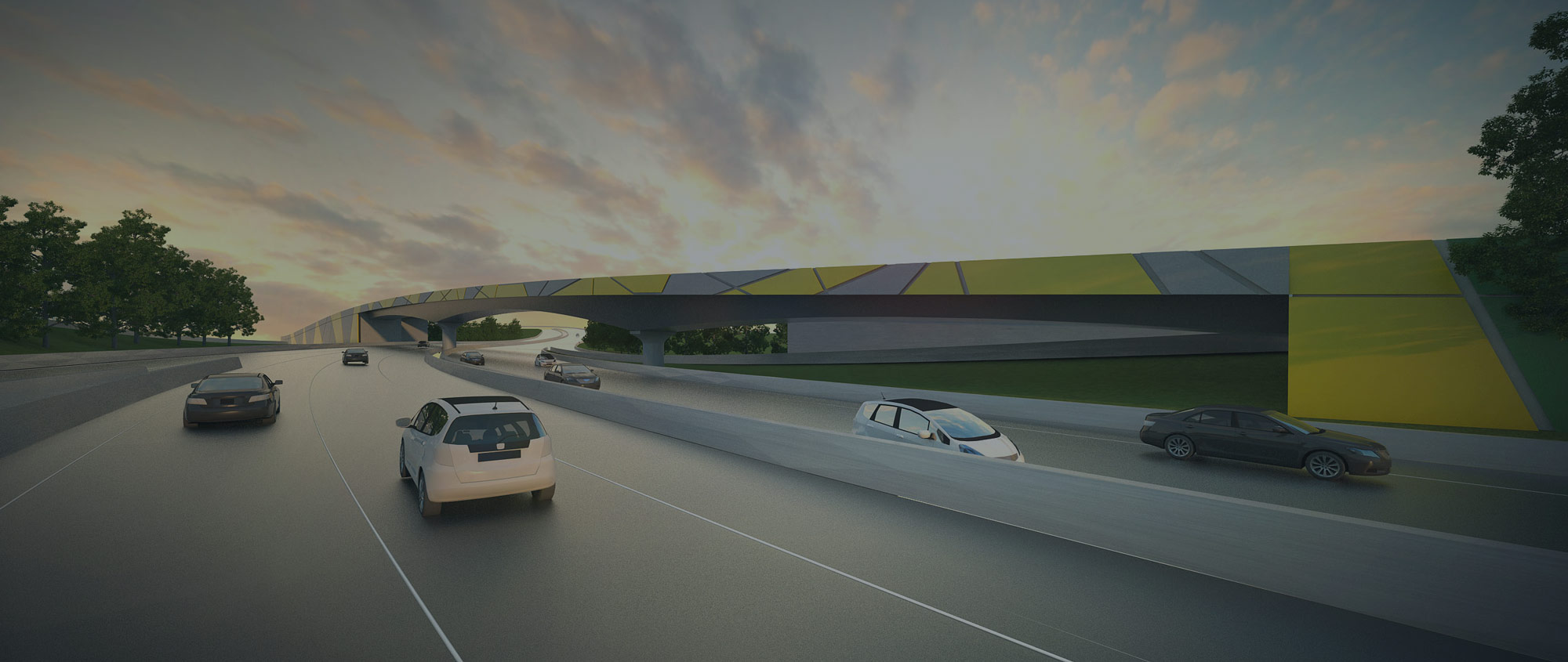
Building our reliance on something (or someone for that matter) means we need to understand it and its capabilities, which is difficult as this revolution is coming quickly and with such a great diversity of direction. On a basic level the fourth industrial revolution is the highest level of connected technologies, bringing a new digital convergence that is simply incredible. The information this connection brings; far exceeds anything a human could digest. Our brain capacity (apparently 2 – 10GB) is simply limited, and our reliance on technology assistance increases due to the vast amounts of information. Building this reliance will need to come from how we connect and interact with the technology to enable that greater understanding.
Understanding how to use technology to our best advantage is the key. The industry will have an abundance of information available to us, coming from all types of technology and machines. Essentially, anything that collects information we will be able to connect with. The differentiator for a business, a market, a state, or a country, will be how we generate, assemble, analyse, and maintain our data to establish better solutions. This is when the levels of technologies in artificial intelligence come into play, from machine-learning and neural networks, all the way through to deep learning. How we develop and connect with the technology will drive our market and the advancements to our civilisation.
The business of tomorrow will require an understanding of how their technology differentiates them. Rather than trying to understand all aspects I’ll concentrate on a small portion, machine-learning, which is a type of artificial intelligence. On a basic level, it is a program learning or teaching itself. Once new information is made available it teaches itself how to use it to establish better solutions. Imagine what that would mean for your projects whether it be design, construction or operation phases. It wouldn’t matter if you were building a commercial tower, transport infrastructure, or water or services infrastructure, every industry will be quicker, more efficient and have a greater understanding of the impacts their solutions may bring.
Machine Learning
Follows human created rules and is limited to those rules. Cannot establish solutions to slight variations.Statistical methods to make decisions about the data it is processing.Artificial neural networks related to learning data going through memory filters to establish patterns and make refined decisions.Blending human input to learn from and create higher levels of accuracy.Currently there are leaders in the market working through their machine-learning and making their processes more efficient. Software vendors are also starting to make some of this available to us with technologies, such as generative design (by Autodesk). Business’ need to determine the level of reliance on the machine-learning capabilities and understand how they can use and benefit from it. As an example, a widely-used machine-learning algorithm that uses information from all markets across the globe, may not give you the intelligence level you need for here in Australia. Imagine if you, a specialist in your field, can develop machine-learning algorithms based on everything your business knows. This is where the reliance on your information becomes the differentiator. Imagine if you could sift through the generic algorithm to the areas you know are most pertinent to a particular project type or client. Then combine that with the wealth of knowledge your business has produced – now that is where the difference lives. A business using the knowledge it has retained over the years and combining it with the freely available information from around the globe.
The success of this process is how to interact with it. The method mentioned collects information from all the systems relevant to our site, facility, or asset, combines it in machine-learning, to then interact with a virtual replica or model. It is important to note; we are not just talking about design and engineering. This could be information relevant to the construction phase, or information during the operation and maintenance phase. How we interact with this virtual model will be our link into what data was collected, how the machine-learning made its decision, and what we want to use the model for. A good example would be using machine-learning to establish the most efficient methods for construction. Building in your business constraints, the constraints of the site, and any client or public needs, allowing the technology to help you make the most efficient decisions. Now we are talking! A combined service between man and machine. Where we rely on the machine-learning to help us achieve more.
Upon developing these systems, there is a visual aspect to interact with this level of complexity in intelligence. This is important for staff and clients alike as it creates fluency and confidence from visual assets. Currently virtual reality, augmented reality and the combination of mixed reality, enables us to explore our site, facility and asset as we design, construct and operate. Using the technologies to experience the virtual replica prior to physically seeing and experiencing the environment. It is expected that this too will become a higher level of technology reliance as we use glasses, hardhats and virtual simulations to help us. Our interaction will range from the feeling we are looking for in a facility or space, through to the safety we require on site. Not forgetting how we might maintain an asset in a complicated location and of a high level of complexity to maintain or fix. This level of reliance builds on those before it and keeps the end source, a model, being useful for the whole-of-lifecycle.
Basically, from design to construction, and operation, technology in the construction market sector will become heavily relied upon. An uncharted workforce using information ecosystems to build new markets, new approaches and above all inspire new behaviours. A reliability where the lines are certainly blurred between man and machine, with our confidence enhanced as we aim to achieve more.
Related
insights
 Delivery in the digital age. People powered technology.
Delivery in the digital age. People powered technology.
I often ponder about the future of our industry and where technology will lead us and indeed, where will we lead technology. Is technology challenging the equilibrium when it comes to a full-service offering in the engineering industry? Some would say yes if our lives today are anything to go by.
 "Break down the barriers through the quality of your contribution"
"Break down the barriers through the quality of your contribution"
SMEC Senior Programmer Mobina Zafar was named Young Female Professional of the Year at the Surbana Jurong (SJ) International Awards held in Brisbane, Australia in December 2018.
 The race of change continues
The race of change continues
Technology is accelerating the pace of change and disrupting every aspect of modern life. Engineers of the future will face a critical challenge to lead, shape, plan and integrate the built environment solutions that allow society to live safe and rewarding lives. Aaron Foong explains why.





